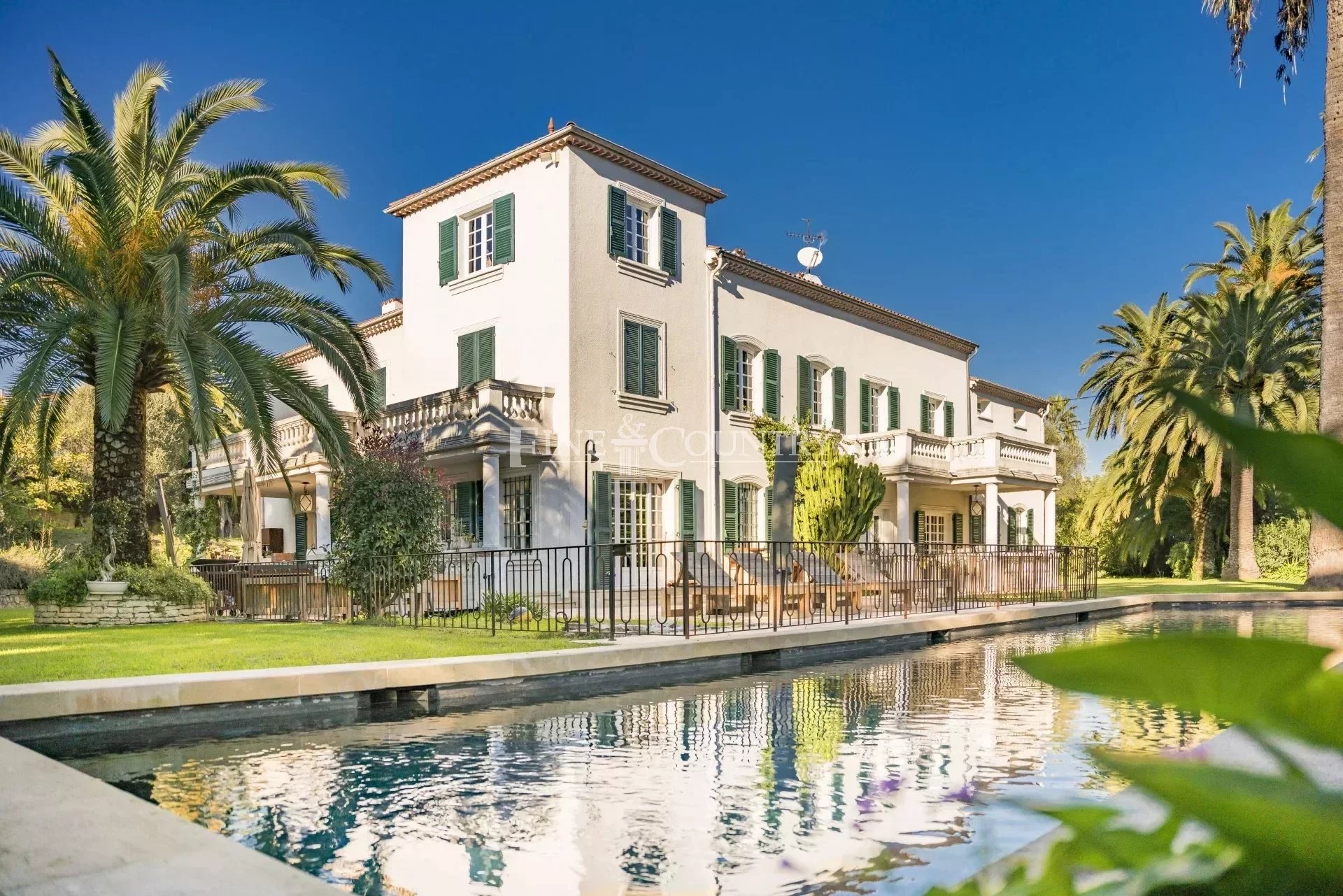Antibes & Cap d'Antibes
THE CAP D’ANTIBES AND ANTIBES -As the name Antibes, and that of its inland neighbour Sophia Antipolis imply, this coast has a long and colourful history. Antibes itself was founded as a Greek colony and trading centre in the 5th century BC, primarily due to its protected port which is still an important port today.
By the time of Christ Rome was in charge and Antipolis was the largest and most important town in the province of Gallia. Roman artefacts, walls and aqueducts can still be seen today, but after 500 years the Roman Empire fell apart and another 500 years of barbarian raids, disease and pestilence followed until in the 10th century there began an age of some renewal, and the fortified walls we see today begun to be constructed, to protect the residents from the horrors around them.
Times continued very hard and were characterised by endless wars and epidemics, until finally some relative stability descended over the region under the reign of Louis XI in the 15th century.
It wasn’t until the middle of the 19th century though that Antibes began to become popular with aristocrats and wealthy people from around Europe. The beginning one might say, of the modern era. The climate and the natural beauty of the area started to become appreciated abroad, and travel was becoming possible and popular.
The property boom began!
The rich and famous began to build fabulous and luxurious villas for holidays and to escape bitter northern winters, a practice that continues today! Many people have enjoyed the pleasures of owning a property in Antibes and its surrounding towns and villages, and indeed on the Cap d’Antibes itself, since then.
The list includes countless well-known names such as Pablo Picasso who lived and painted there, and in whose honour an impressive museum has been created in the castle. Numerous other museums of archaeology, naval history and even one to absinthe, the local green liquor make sure that visitors are never at a loss for something to do. The area is renowned for its art and culture, and the “Jazz à Juan” attracts the world’s greatest musicians for a fortnight every July (BB King, George Benson, Tracey Chapman, Katie Melua, Roberta Flack, Norah Jones to mention a few) It is widely regarded as one of the best Jazz festivals in the world!
There are no fewer than 48 beaches on the 25 km coastline around Antibes, the Cap d’Antibes and Juan les Pins and five yachting harbours which provide moorings for a range of craft from fishing boats to enormous super-yachts – the biggest and most luxurious in the world.
Parks and gardens, Mediterranean, Roman, organised, natural, exotic, classical Italian, or simply those lining the paths and walks around the Cap all form part of the environment which is home to some of the world’s most exclusive villas and properties, loved by Marlene Dietrich, Winston Churchill, the Aga Kahn, Elizabeth Taylor and Richard Burton, Graham Greene and scores of household celebrity names.
The Cap d’Antibes is nicknamed the ‘bay of billionaires’ for its valuable real estate, and its exquisite outlook includes panoramic views westwards towards Cannes and the Iles de Lérins, and eastwards across the sea to Nice and the Baie des Anges.
Cocooned in quiet and seclusion, and flanked by sandy beaches, the Cap d’Antibes provides welcome privacy to its many prestigious property owners and residents. The Eden Roc Hotel right on the Cap is known for being the most discreet, and regularly hosts the rich and famous, particularly during the Film Festival and the major congresses which take place at the Palais des Festivals in nearby Cannes.
The price of property on the Cap d’Antibes is in keeping with its reputation as being some of the most desirable in the world.
















